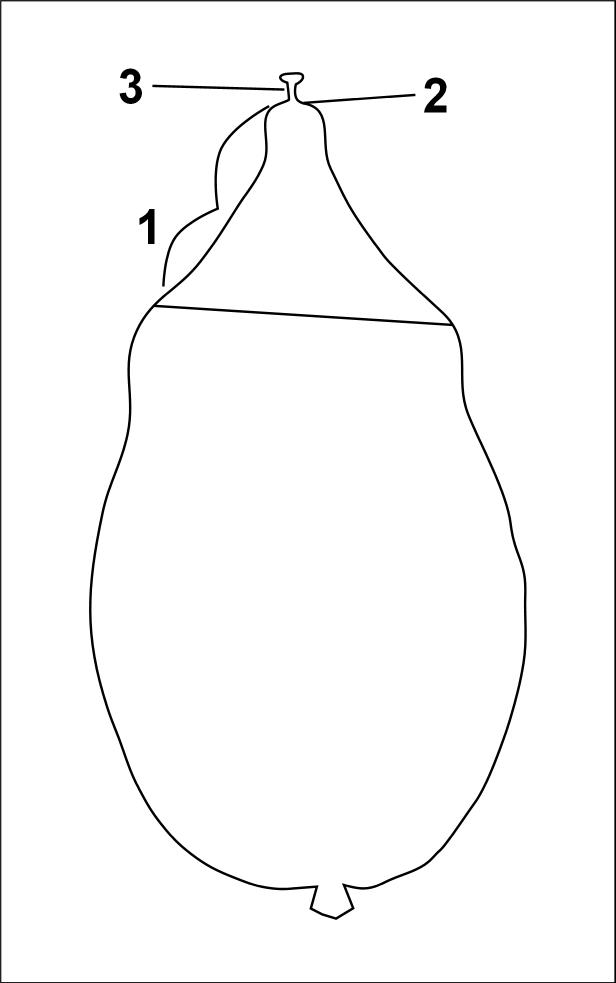
|
 Shabbat Parashat Haazinu 5773Ask the Rabbi: Disqualifications of an Etrogby Rav Daniel MannQuestion: When does discoloration of an etrog render it not kosher? Answer: The mishna (Sukka 34b) discusses an etrog upon which a chazazit (a blister-type formation, which is uncommon in our times) appears and says that a chazazit disqualifies the etrog only if it covers the majority of the etrog. The gemara (ibid. 35b) says that a chazazit can disqualify an etrog even if it is only on a minority when: 1. the blemishes are in a few places, making the etrog look spotted; 2. the blemish (of any size) is on the chotem (literally, the nose; details to be discussed below). The nature of these rules of disqualification is that when a blemish has a serious visual impact, it causes the etrog to not be hadar (see Beit Yosef, Orach Chayim 648), i.e., pleasing to the eye. The location of the blemish on the top part of the etrog or spread out like a leopard’s spots makes the etrog fail the ‘hadar test.’ The Torah describes the etrog as hadar (Vayikra 23:40), and Chazal understood that this is a general requirement of the four minim. A major question is whether blemishes (or other cases of lack of hadar) disqualify the etrog only on the first day of Sukkot when the mitzva is of Torah origin (Rambam, Lulav 8:9; Shulchan Aruch, OC 649:5), or throughout the seven days of Sukkot (Rosh, Sukka 3:4; Rama, ad loc.; see Mishna Berura 649:34-35). The Rishonim extended the laws we find in regard to chazazit to other changes of color and visible form: when part of the etrog is black or white (Shulchan Aruch, OC 648:15; see Mishna Berura 648:45) or very dry (according to most opinions- see Shulchan Aruch ibid. 12 and Mishna Berura ibid. 47). Black spots can come from different sources, but one should assume that any black spot that does not come off with rubbing is problematic (Kashrut Arbaat Haminim, pg. 21). However, spots that are too small to be noticed by looking casually do not count (ibid. pg. 199). Another common situation is bletlach (scab-like formations, which occur at a spot that a leaf leaned on the growing etrog). The poskim are indecisive about whether bletlach are like a blemish if they protrude from the etrog’s surrounding skin (Rama, OC 648:12; Mishna Berura 648:50). It is possible that since bletlach are a common part of the normal growth of an etrog, it is not considered a blemish but the normal look of an etrog (Rama, ibid.). While a dark green color disqualifies an etrog (Shulchan Aruch ibid. 21), since it suffices for the etrog to start turning yellowish, there can be green spots in sensitive areas (see Mishna Berura ibid. 65). Where is the chotem, where small blemishes are a problem? There are four opinions in the Rishonim, three of which are identified in the sketch below. Rashi seems to say that it is on the top of the widest spot. The accepted opinion is that it is where the etrog starts angling toward its point at the pitum (#1) (Shulchan Aruch, ibid. 12). The Biur Halacha (to 648:9) says that, in any case, the chotem can begin only in the top half of the etrog. Most authorities say that blemishes in multiple places disqualify only if the total area where the blemishes are (measured by encircling them) covers the majority of the etrog. According to most authorities (see Magen Avraham 648:13), it is even if it covers a majority of the width of the etrog, not the entire surface area (the Chazon Ish, OC 147:5 disagrees).
|

|


